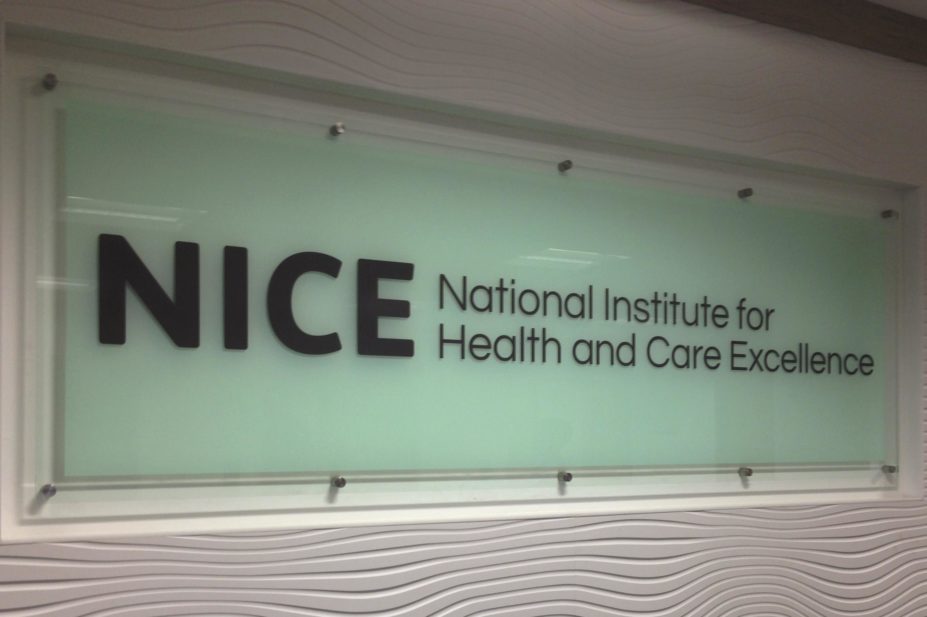
Courtesy of NICE
The National Institute for Health and Care Excellence (NICE) has issued draft guidance to help clinicians manage patients affected by multiple long-term health conditions.
The draft guidelines for the clinical assessment and management of multimorbidity set out principles for optimising care for people with two or more long-term health conditions. These include identifying medicines with a higher risk of unwanted side effects or potential drug interactions; stopping treatment if it is considered to be of limited benefit or a risk; and offering alternative, non-pharmacological treatments where appropriate. The guidance recommends a tailored approach that puts the patient at the centre of decisions about their care.
NICE’s existing disease focused guidelines are geared towards patients with single conditions and do not take into account the wide range of other conditions that a patient might have, says Nina Barnett, a consultant pharmacist for older people at London North West Healthcare NHS Trust and NHS Specialist Pharmacy Services, and a member of the guideline development committee. “What we were trying to do was move from the concept of disease focused consultations towards patient focused consultations,” she says.

Nina Barnett, a consultant pharmacist for older people and a member of the guideline development committee, says NICE is trying to promote patient focused consultations
Patients with multimorbidity may be affected by clinical interactions between conditions and the drugs used to treat them, explains Barnett. She says that patients should be treated as individuals in terms of how their disease affects their health and their well being. Healthcare professionals should “support a collaborative discussion that helps the patient prioritise for themselves what is the most important thing for them”.
“We want patients to leave the consultation thinking, ‘I have been listened to, my concerns have been addressed and my medicines are now working better for me’,” she says. “It’s not really about what I think is the best medicine for you. It’s about what you want from your health and well being and how I as a clinician contribute to that through tailored medication review.”
The guidance says a tailored approach should be taken to care for patients with multimorbidity who are prescribed 15 or more regular medicines, because they are likely to be at higher risk of adverse events and drug interactions, and considered for patients prescribed 10 to 14 regular medicines, or fewer than 10 regular medicines if they are at particular risk of adverse events.
Patients with multimorbidity can be identified opportunistically during routine care or proactively using electronic health records, NICE states.
The number of people with three or more long-term health conditions is predicted to rise from 1.9 million in 2008 to 2.9 million in 2018. Such patients often struggle to manage their treatments or day-to-day activities, receive care from multiple services, have both long-term physical and mental health conditions, are at risk of falls, and frequently seek unplanned or emergency care. The average health and social care costs for these patients are estimated at around £7,700 per year.
The consultation is open until 12 May 2016, and the final guideline is expected to be published in September 2016.
You may also be interested in

Almost 40% of older adults with polypharmacy given inappropriate prescription when starting treatment for type 2 diabetes, study finds

Our multidisciplinary approach helped tackle polypharmacy in older patients
